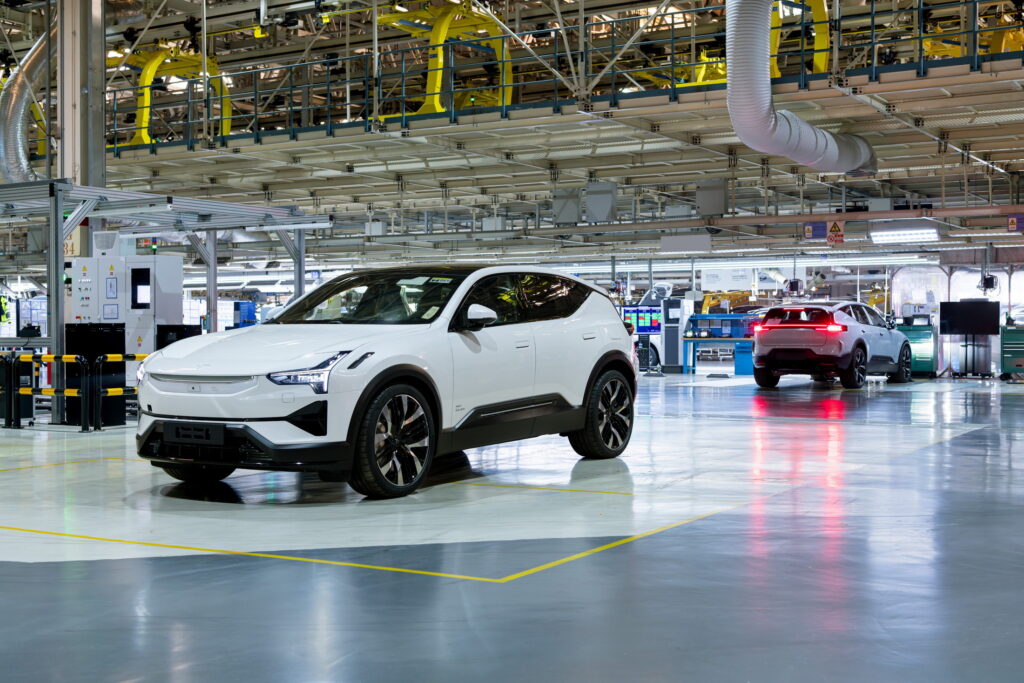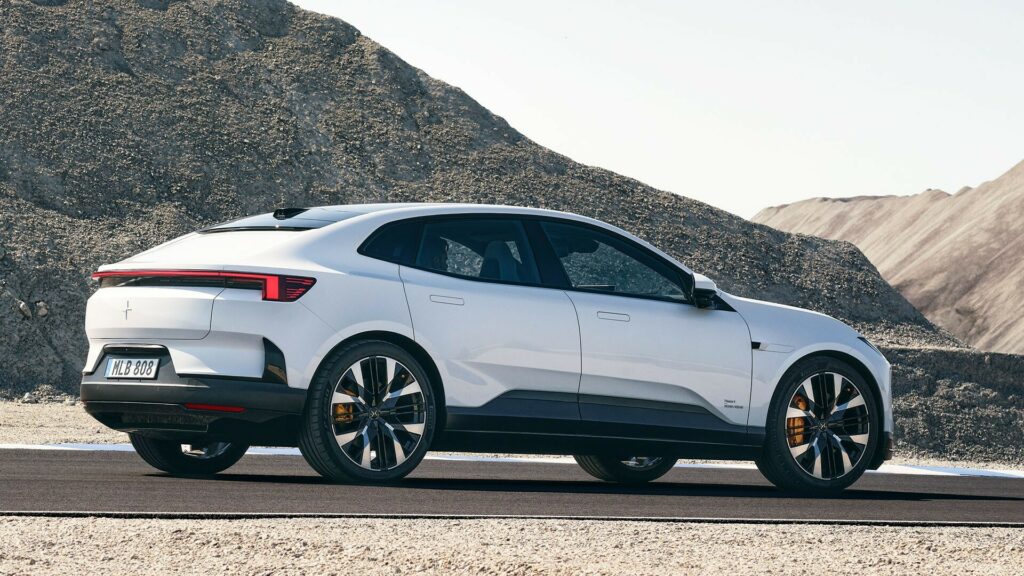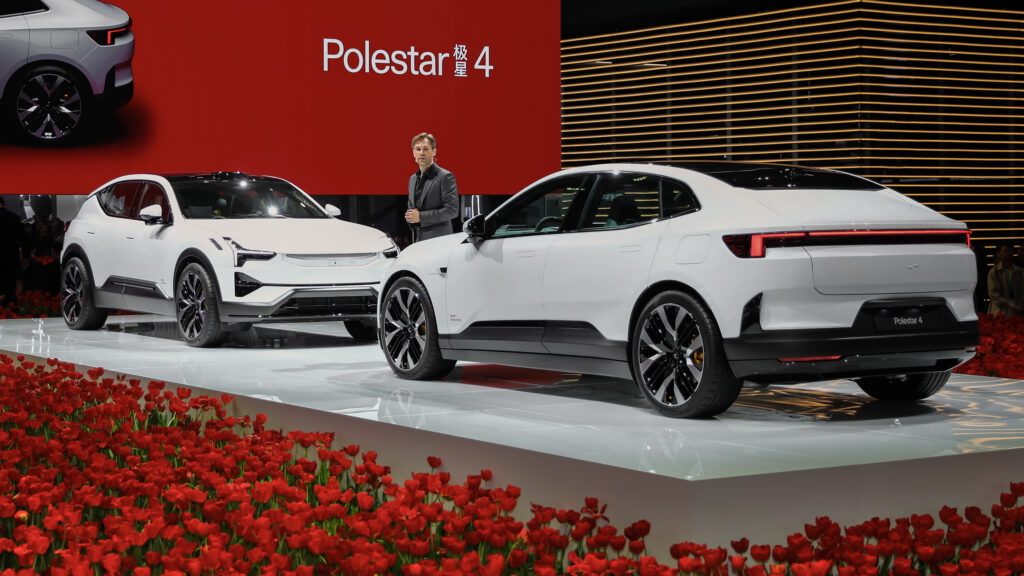- Thomas Ingenlath says the electric automaker could no longer rely on Volvo and Geely for funding.
- In February, Polestar raised $950 million in private funding from 12 international banks.
- The future Polestar 5 and Polestar 6 will use the firm’s own bonded aluminum chassis tech.
In February, Volvo made the decision to stop providing funding to Polestar and off-loaded its stake to Geely. This took much of the car industry by surprise but according to Polestar chief executive Thomas Ingenlath, it was always part of the plan.
Polestar was formed as a standalone electric vehicle brand in 2017 and for the first five years, relied largely on funding from Volvo and Geely. In mid-2022, it went public on the Nasdaq and in the middle of February this year, raised $950 million in private funding from 12 international banks. While recently speaking with Car magazine, Ingenlath said Polestar could no longer rely on internal financing.
Read: Volvo Is Done With Polestar, Will Cease Funding And Likely Dump Stake To Geely
“It was always clear the money we needed should not come out of the pockets of our owners,” he said. “We had to find financing that wasn’t simply going to Volvo and Geely saying, “Mummy, Daddy, we need more money”. That was always the point, and we talked about the financing and equity required to cover this $1.3bn. At the end of 2023 we were well progressed but we couldn’t at that stage say more.”
“Then of course, when we were finally able to announce we’d raised $950m [from 12 international banks, announced in late February] it was two weeks too late to counterstrike the headlines that came when Volvo announced they would reduce ownership, and everybody thought like, ‘Oh, this is a big crisis situation!’ For us, it was a non-dramatic situation.”

Ingenlath added “the plan was always for Volvo to let off ownership” but said it will remain a partner “with whom we need synergies with manufacturing, the service network, and so on.”
The company’s reduced reliance on Volvo and Geely is visible in its current range and future products. Whereas the Polestar 2 shares its CMA platform with the XC40 and uses many Volvo parts, as does the Polestar 3, the new Polestar 4 uses more Geely parts while the forthcoming Polestar 5 and Polestar 6 are underpinned by the firm’s own bonded aluminum chassis technology.
“Our segment is very premium, expensive cars, and that’s where we want to convince,” he added. “We are definitely not just building computers on wheels. We are building cars that are amazing to drive. We acknowledge that driving can be a very physical, emotional experience, and it needs a lot of craftsmanship and knowledge to tune these cars so that they are not just a piece of software but actually a really nicely performing physical thing.”




